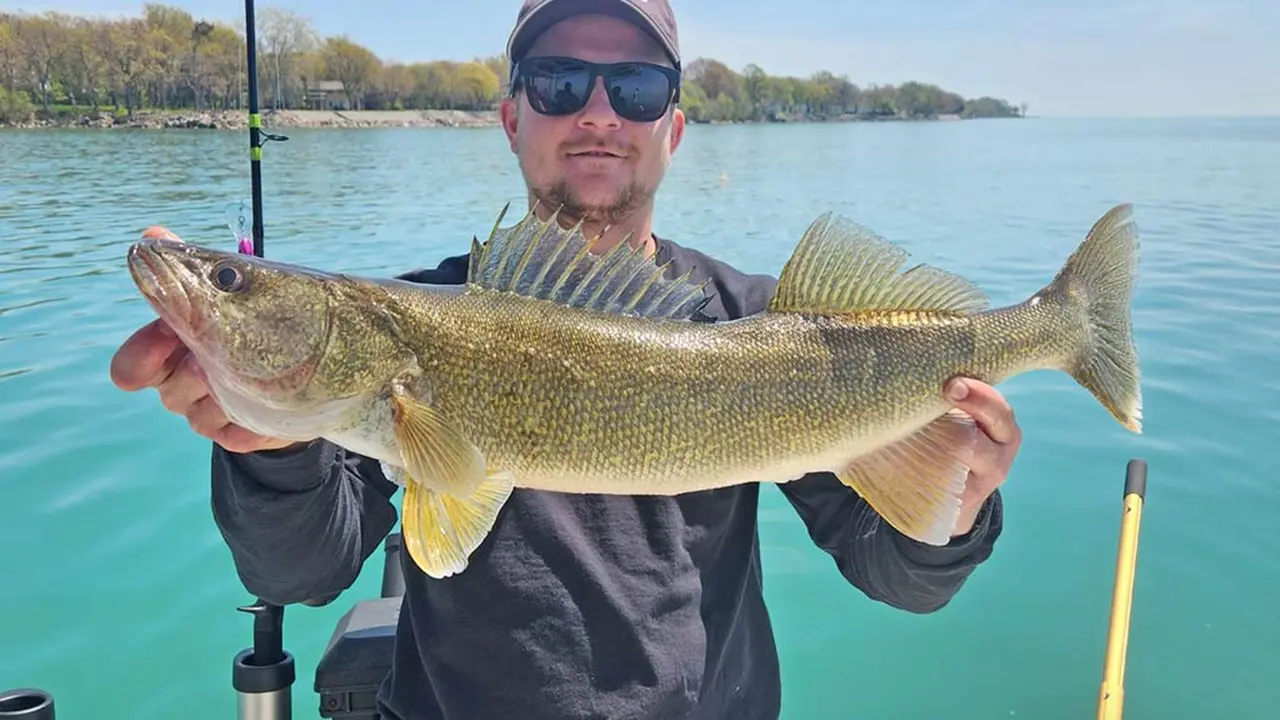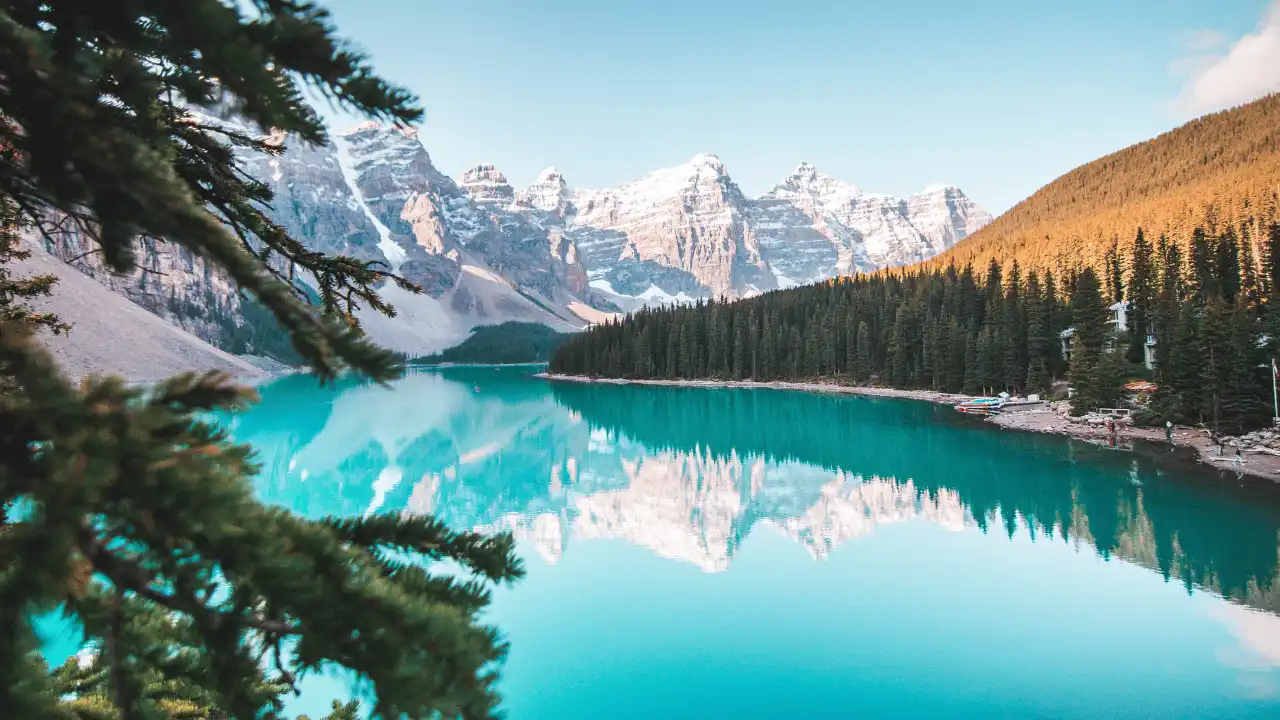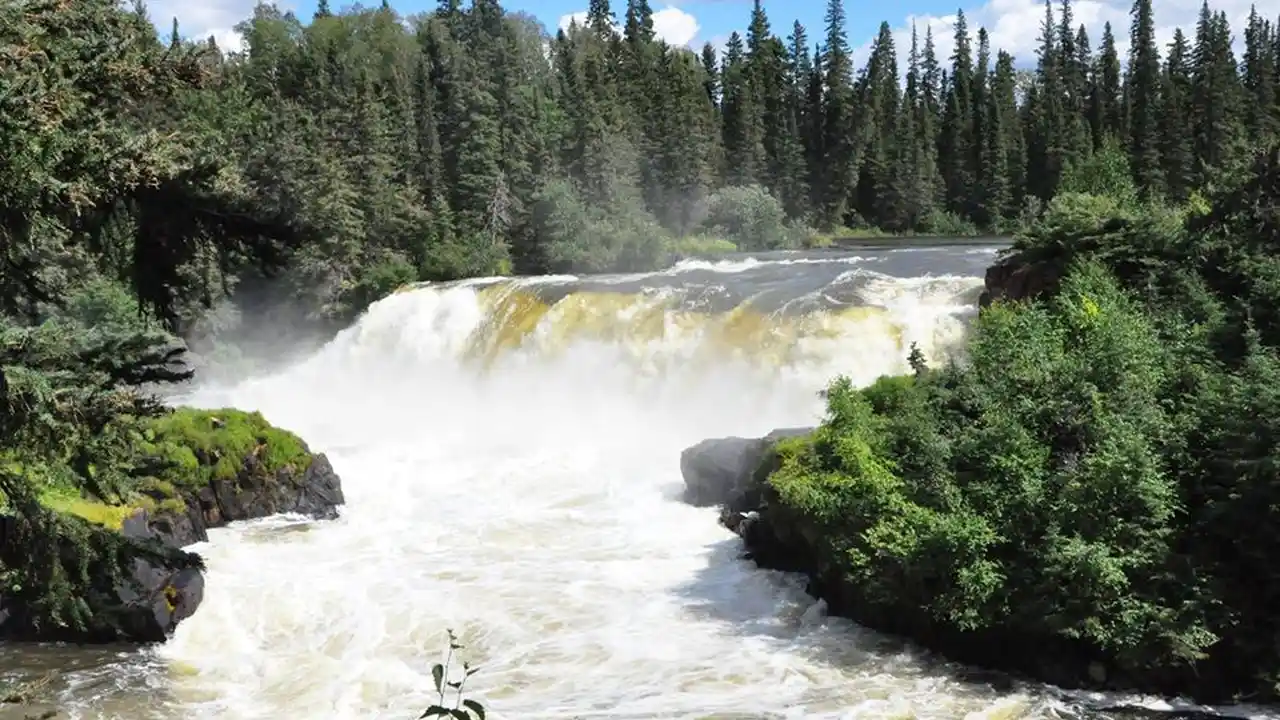Fishing in Canada: A Guide for American Anglers
Explore Canada's waterways by kayak or canoe! This beginner's guide covers everything you need to know. Learn about equipment, safety, and the best locations. Start your paddling adventure.

Planning Your Canadian Fishing Trip Essential Information for American Anglers
So, you're thinking about fishing in Canada? Awesome choice! Canada boasts some of the most pristine and abundant fishing waters in the world. But before you pack your tackle box and head north, there are a few things you need to know. This guide is tailored specifically for American anglers, covering everything from licenses and regulations to gear recommendations and the best fishing spots.
Canadian Fishing Licenses and Regulations Understanding the Rules
First things first: you'll need a fishing license. Each province and territory in Canada has its own licensing system, so you'll need to purchase a license from the specific region you plan to fish in. You can usually buy these online or at local sporting goods stores. Make sure to check the regulations for the specific species you're targeting, as size and catch limits vary. Some provinces also require non-residents to hire a licensed guide, especially for certain species like Atlantic salmon.
Key takeaway: Research the specific regulations for the province or territory you'll be fishing in before you go. Fines for fishing without a license or violating regulations can be hefty.
Choosing the Right Fishing Gear Top Recommendations for Canadian Waters
The gear you'll need depends on the type of fishing you're planning to do. For trout and salmon, a medium-action spinning rod and reel combo with 6-10 pound test line is a good starting point. For larger species like pike or walleye, you'll want a heavier rod and reel with 12-17 pound test line. Don't forget your tackle box staples: hooks, lures, weights, and swivels. And remember, barbless hooks are often required, so check the regulations!
Product Recommendations:
- Spinning Rod & Reel Combo (Trout/Salmon): Shimano Sienna FG Spinning Combo - A reliable and affordable option for beginners. Around $50.
- Casting Rod & Reel Combo (Pike/Walleye): Abu Garcia Black Max Baitcasting Combo - Offers good power and control for larger fish. Around $80.
- Fishing Line: Berkley Trilene XL Smooth Casting - A versatile monofilament line that's easy to handle. Around $10 per spool.
- Lures: A variety of spoons, spinners, and crankbaits are essential. Mepps Aglia Spinner and Rapala Original Floater are classic choices. Prices vary.
Pro Tip: Consider investing in a good pair of polarized sunglasses. They'll help you see through the water and spot fish more easily.
Best Fishing Spots in Canada Prime Locations for American Anglers
Canada is a vast country with countless fishing opportunities. Here are a few top spots to consider:
- British Columbia: Known for its world-class salmon and steelhead fishing. The Fraser River and Skeena River are legendary.
- Alberta: Offers excellent trout and walleye fishing in its many lakes and rivers. Lake Minnewanka and the Bow River are popular choices.
- Manitoba: A true fishing paradise with abundant walleye, pike, and lake trout. Lake Winnipeg is a must-visit.
- Ontario: Home to the Great Lakes and countless smaller lakes, offering diverse fishing opportunities. Lake Ontario and Lake Erie are popular for salmon and trout.
- Quebec: Offers excellent Atlantic salmon fishing in its rivers. The Restigouche River is a renowned salmon fishing destination.
Specific Location Example:
Lake Winnipeg, Manitoba: Known for its huge walleye. Fishing here can be done from shore, boat, or even ice fishing in the winter. Popular techniques include jigging and trolling. Expect to pay around $100-$200 per day for a guided fishing trip.
Fishing Techniques for Canadian Waters Mastering the Art
The best fishing technique depends on the species you're targeting and the conditions. For trout and salmon, fly fishing, spinning, and trolling are all effective. For pike and walleye, jigging, trolling, and casting with crankbaits are popular choices. Ice fishing is a popular winter activity in many parts of Canada, with shelters and specialized equipment available for rent or purchase.
Technique Breakdown:
- Jigging: Involves dropping a weighted lure (jig) to the bottom and then retrieving it with a series of jerks. Effective for walleye and lake trout.
- Trolling: Dragging a lure behind a boat. A good technique for covering a lot of water and targeting salmon, trout, and pike.
- Fly Fishing: Using artificial flies to imitate insects. A classic technique for trout and salmon in rivers and streams.
Safety Tips for Fishing in Canada Staying Safe on the Water
Safety should always be your top priority when fishing. Wear a life jacket at all times when on a boat. Be aware of the weather conditions and avoid fishing during storms. Let someone know where you're going and when you expect to be back. Carry a first-aid kit and a communication device (like a satellite phone) in remote areas. And be aware of wildlife, especially bears, and take appropriate precautions.
Essential Safety Gear:
- Life Jacket (PFD): A properly fitted life jacket is a must.
- First-Aid Kit: Include essentials like bandages, antiseptic wipes, pain relievers, and insect repellent.
- Bear Spray: If fishing in bear country, carry bear spray and know how to use it.
- Communication Device: A satellite phone or personal locator beacon (PLB) can be a lifesaver in remote areas.
Comparing Fishing Experiences Canada vs USA
While both the US and Canada offer fantastic fishing, there are some key differences. Canada generally has less fishing pressure, meaning you're more likely to find pristine waters and abundant fish. Canadian regulations can be stricter than in the US, so it's important to do your research. The cost of fishing in Canada can also be higher, especially if you need to hire a guide or purchase a non-resident license.
Key Differences:
- Fishing Pressure: Generally lower in Canada.
- Regulations: Can be stricter in Canada.
- Cost: Can be higher in Canada.
- Scenery: Both countries offer stunning scenery, but Canada's vast wilderness areas are particularly appealing to many anglers.
Responsible Fishing Practices Protecting Canadian Fisheries
It's important to practice responsible fishing to help protect Canadian fisheries for future generations. Follow all regulations, including catch and release guidelines. Avoid using lead fishing tackle, which can be harmful to wildlife. Dispose of fishing line and other trash properly. And consider supporting organizations that work to conserve Canadian fisheries.
Tips for Responsible Fishing:
- Practice Catch and Release: Handle fish carefully and release them quickly.
- Use Barbless Hooks: Easier on the fish and easier to remove.
- Dispose of Trash Properly: Pack out everything you pack in.
- Support Conservation Organizations: Donate to or volunteer with organizations that protect Canadian fisheries.
By following these tips, you can have a fantastic fishing experience in Canada while also helping to protect its valuable fisheries. Good luck and tight lines!
:max_bytes(150000):strip_icc()/277019-baked-pork-chops-with-cream-of-mushroom-soup-DDMFS-beauty-4x3-BG-7505-5762b731cf30447d9cbbbbbf387beafa.jpg)






